The 2024 tax season has come and gone, with the April 15, 2025, deadline now in the rear-view mirror for most taxpayers. But for those who couldn’t pay their tax bill in full, the IRS offers a lifeline, flexible payment options that can ease the financial burden. At Local Outsourced Accounting Department, we believe that understanding these options isn’t just about compliance; it’s about making smart financial decisions that protect your wallet and peace of mind. Here’s our take on how to navigate the IRS’s offerings, with a focus on what’s practical, cost-effective, and strategic.
The IRS Isn’t the Enemy But Interest and Penalties Are
Let’s be clear: owing taxes isn’t a moral failing; it’s a financial reality for many. The IRS isn’t out to ruin you, but their interest and penalty structure can feel like a slow bleed if you don’t act. As of 2025, the interest rate on underpayments is around 8% annually, compounded daily, and failure-to-pay penalties can add 0.5% per month to your balance, up to 25%. These costs pile up fast, so the sooner you address your tax debt, the better. Ignoring the problem is the worst strategy, procrastination only inflates the bill.
The IRS provides several tools to manage your tax obligations, but not all options are created equal. Below, we break down the key pathways, offering our opinion on what works best and for whom.
Online Payment Plans: The Go-To for Most Taxpayers
The IRS’s Online Payment Agreement (OPA) is, hands down, the most efficient way to tackle a tax bill you can’t pay upfront. Available at IRS.gov, it’s user-friendly, requires no phone calls or paperwork, and provides instant approval status. If you owe less than $100,000 (including tax, penalties, and interest), you’re likely eligible. Here’s how it breaks down:
- Short-term Payment Plan (up to 180 days): Ideal for those who can clear their balance quickly, say, within six months. There’s no setup fee, and it’s perfect if you’re expecting a bonus, a side hustle pay out, or a refund from an amended return. Our take? This is the best option if your cash flow issue is temporary. Don’t stretch it out longer than necessary; the accruing interest isn’t worth it.
- Long-term Payment Plan (Simple Payment Plan, up to 10 years): For balances under $50,000, the IRS’s new Simple Payment Plan is a game-changer. It allows monthly payments over an extended period, often up to the 10-year collection statute. Direct debit is strongly recommended—it eliminates manual payments, reduces default risk, and saves on postage. Setup fees range from $31 (for low-income taxpayers) to $130, but they’re waived or reduced for direct debit users. Be mindful of the costs associated with installment agreements, as extending payments increases interest and penalties.
Our opinion: The long-term payment plan is a solid choice for those with significant debt but stable income. However, don’t treat it like a credit card with a low minimum payment. The longer you stretch payments, the more you’ll pay in interest and penalties. We advise setting the highest monthly payment you can afford to minimize the total cost. Use the IRS’s online calculator to estimate your payments and total interest before committing.
Offer in Compromise: A Long Shot Worth Considering
The Offer in Compromise (OIC) is often hyped as a way to settle your tax debt for pennies on the dollar. In reality, it’s a tough sell. The IRS accepts only about 30% of OIC applications, and you must prove you can’t pay the full amount within a reasonable time frame. The OIC Pre-Qualifier tool on IRS.gov is a quick way to gauge eligibility, but it’s not definitive.
Our take: The OIC is a last resort, best suited for taxpayers in dire financial straits, think unemployment, medical debt, or other hardships that make full payment impossible. The process is arduous, requiring detailed financial disclosures, and there’s a $205 application fee (waived for low-income filers). Plus, you’ll need to stay compliant with future tax filings and payments for five years, or the deal’s off. If you’re considering an OIC, consult a tax professional to weigh the cost-benefit and avoid predatory “OIC mills” that charge exorbitant fees for little value.
Temporary Delay of Collection: A Band-Aid, Not a Cure
If you’re truly unable to pay anything right now, you can request a temporary delay of collection by contacting the IRS. If approved, they’ll pause enforcement actions (like levies or garnishments) until your financial situation improves. Sounds great, right? Not so fast. Interest and penalties continue to accrue, and the IRS will periodically reassess your ability to pay.
Our opinion: This option is a trap for the undisciplined. It’s tempting to kick the can down the road, but you’re just inflating your debt. Use this only as a stopgap while you develop a concrete plan, say, securing a loan, selling assets, or applying for a payment plan. If you’re in this boat, track your finances meticulously and re-engage with the IRS as soon as possible.
Strategic Advice: What Our CPAs Recommend
We’ve seen countless taxpayers navigate IRS debt, and here’s our blueprint for success:
- Act Fast: The IRS doesn’t forget, and delays only increase your costs. Use the Online Payment Agreement to lock in a plan within days.
- Prioritize Direct Debit: It’s not just convenient; it reduces fees and default risks. Set it and forget it, but monitor your bank account to avoid overdrafts.
- Crunch the Numbers: Use a loan or savings to pay off your tax debt if the interest rate is lower than the IRS’s 8%. For example, a personal loan at 6% could save you thousands over a long-term plan.
- Get Professional Help: If your balance exceeds $50,000 or your situation is complex (e.g., business taxes, multiple years), a CPA or enrolled agent can negotiate better terms or explore options like an OIC.
- Stay Compliant: Falling behind on future tax filings or payments can void your agreement and trigger aggressive IRS action. Set reminders for quarterly estimated taxes if you’re self-employed.
The Bottom Line
The IRS’s payment options are a safety net, but they’re not a free pass. The key is to choose the path that minimizes your total cost and aligns with your financial reality. Short-term plans are best for quick resolutions, long-term plans work for manageable monthly budgets, and options like OIC or collection delays are niche tools for specific circumstances. We’re here to help you cut through the jargon and make informed decisions. Don’t let tax debt snowball, reach out today to explore your options and take control.
Contact us at [email protected] for personalized guidance.


